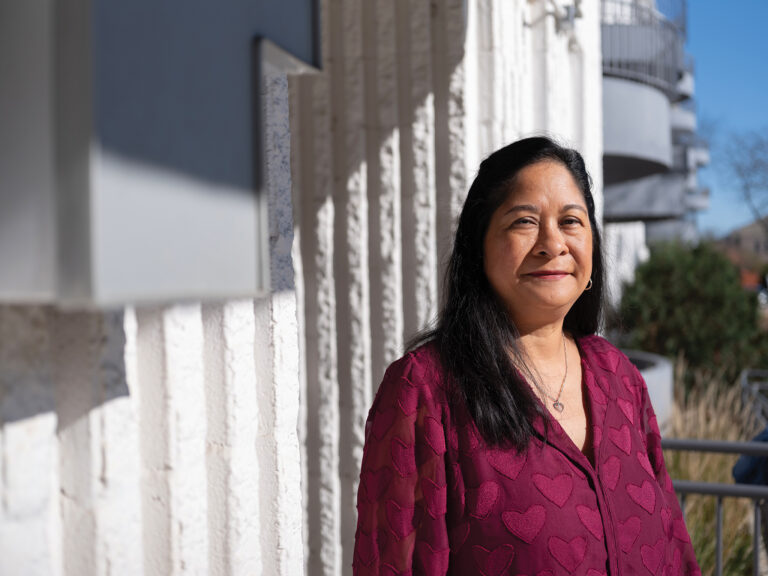About eight years ago, Gail and her siblings decided that she should care for their mother. Gail’s 76-year-old mother was in kidney failure and AFib; she had vascular dementia and other health issues. The family felt like this was the only financially viable option due to the cost of hiring caregivers and nursing home care. Gail gave up her graphic design career in California and moved in with
her brother and his wife in Illinois.
At the time, her mother was still living on her own. When her mother started having difficulty with stairs, the family moved her into Gail’s brother’s house. Eventually, her mother needed 24-hour help with personal care and mobility.
Gail says that her mother struggled with self-expression and short-term memory loss. Her brother and sister-in-law helped out when they weren’t working, giving Gail a break at night.
Being a caregiver hadn’t been in Gail’s long-term plans. She says the unexpected change in her career required her to get creative with her finances. Gail qualified for Medicaid and searched online to find out how to get paid for caring for her mother. Through those searches, she found training for providing hands-on care. Her sister-in-law, a nurse, taught her how to manage her mother’s medications.
To make ends meet, Gail cleaned houses, which provided flexible hours so she could take her mom to medical appoint-ments. She paid as much rent to her brother as she could afford and paid the insurance and gas for the car her brother and sister-in-law loaned her. “It is certainly not the salary I used to be making,” Gail says.
Dementia was new to Gail, and at times she lost her patience. To learn how to respond to her mom’s behaviors, she again turned to the internet. Gail says that caring for her mother was not only emotionally and mentally draining, but that it was difficult to see someone suffer. To cope with the stress, Gail regularly did yoga, meditated, practiced Thai chi, danced, and biked. She was determined to stay active and healthy. She also kept in touch with friends and relatives. Gail says that care work is less mentally stimulating than her prior graphic design career, so she read and explored other ways to keep her brain sharp.
Utilizing Resources
Gail searched online for caregiver support groups, and found one that fit her schedule through the Kenneth Young Center — a social services organization in Elk Grove Village. She says she found comfort in the friendly group, adding, “Not only am I not alone, but there are a lot of commonalities that were very helpful to hear.” Gail has also made a couple of friends from the group. She feels the group offers compassion, understanding, and sound advice.
“Not only am I not alone, but there are a lot of commonalities that were very helpful to hear.”
Additionally, Gail says she liked having a routine and being able to look forward to support group meetings as a respite from caregiving. The support group gave her the capacity to “get some quality time with my mom. I saw my mom in a different light,” she says.
What Policymakers and Society Need to Know
Caregivers truly need support and services such as support groups and caregiver education programs, which should be more widely available, Gail says. And not only does there need to be more, but people need ways to find them. Gail says it’s best for caregivers to be in contact with a variety of professionals because no individual person knows everything.
Society needs to have more compassion and understanding about the difficulties involved in being a caregiver, Gail says, adding, “They can’t just be on as a caregiver all day, every day. That’s insane.”
Caregivers need funds for paid care, too, so the caregivers can prioritize their care as well — physically, mentally, and spiritually. This will enable them to provide better care. Overall, Gail adds, people need to recognize that “caregivers are not servants and should not be treated as subordinates.”






